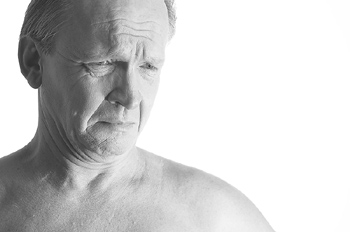 By Katherin Bragin, CSW, TFT-Dx:
By Katherin Bragin, CSW, TFT-Dx:
I work with a unique population–Russian immigrants 65-years-old and up. Our practice is in the heart of a Russian community, famous Brighton Beach. Coming here to the U.S., my patients brought with them a myriad of issues – some are unique only to this population group and some are universal for all elderly–the loss of social status, familiar surroundings, life-long friends, rich Russian culture, profession or career, and part of the family (left behind).
And much more…They miss the traditional cultural closeness of the family. They come here so they won’t be separated from their children, and their children often move to different parts of the country, leaving them in Russian neighborhoods to take care of themselves.
They also have unique pain and memories: fighting in WWII, running from Germans, famine and labor camps of Stalin’s era, and concentration camps or ghetto.
They are now getting older, with more medical problems that also affect their emotional well-being.
One of my patients, Mrs. L, is in her early seventies, looking younger than her age. She is a good-looking woman, but behind her smile there is pain.
Ten years ago she immigrated to the USA from Moscow with her mother and husband. Their daughter, who stayed behind to have a baby, was supposed to come a few months later. She did not. She stayed in Moscow, had one more child and eventually lost her visa. Now she is not able to even come to the U.S. for a visit. Mrs. L went to Russia a few times to see her newborn grandchildren.
Five years ago Mrs. L’s mother became ill and passed away. A few months later she lost her husband to cancer. Now she is alone and is not able to visit Moscow any more. Her doctors advised her not to fly that far. “I had a big family and now I do not have anybody. What do I do? I cry every evening, feeling so lonely.”
I treated Mrs. L with the emotional trauma algorithm and gave her a handout to use at home. She uses the protocol every time she feels lonely or wants to cry. She tells me that it helps her enormously and she is feeling better.
I am very glad I learned TFT–and have it as the main tool in my tool box. It helps my patients enormously.






